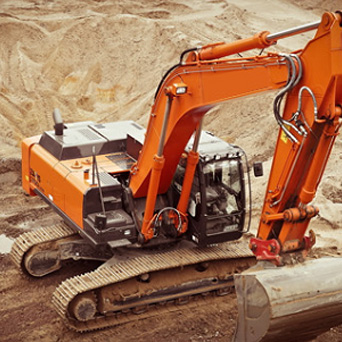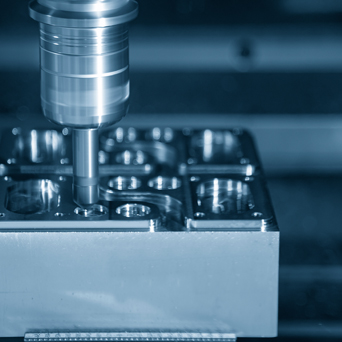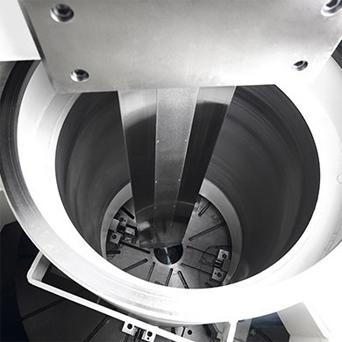Don't Underestimate the Lathe Tool Collision! Sealion Tells You Three Reasons and Preventive Measures for Lathe Collision!
Lathe collision can be regarded as a major event or as a trivial event. Once the machine tool collision occurs, hundreds of thousands of tools may become waste in an instant. In addition, the machine tool collision will not only cause the tool to be scrapped, but the vibration generated by the impact of the tool may also have an adverse effect on the machine tool itself, and may even cause the accuracy of the machine tool to decrease.
So how to prevent machine tool collision? We need to know the reason for machine tool collision and then prescribe the right medicine. Sealion summarized three reasons and avoidance measures for everyone. You can collect it.
1. Program error
Nowadays, the level of numerical control of machine tools is very high. Although numerical control technology has brought a lot of convenience to the operation of machine lathes, there are also some dangers lurking at the same time, such as tool collision incidents caused by programming errors.
The collision caused by program error has the following situations:
1) Incorrect parameter setting leads to errors in process acceptance and collision;
2) Incorrect remarks in the program sheet lead to incorrect program input and collision;
3) It is a program transmission error.
To put it simply, the program is re-entered or has been modified, but the machine still runs according to the old program, resulting in collision.
Collision caused by procedural errors can be avoided from these aspects:
1) Check the program after the program is written to avoid parameter errors.
2) Update the procedure list in time and carry out corresponding inspections.
3) Check the detailed data of the program before processing, such as the time and date the program was written, and make sure that the new program can run normally before processing.
2. Improper operation
Tool collision caused by improper operation is one of the important reasons for machine tool collision. Tool collision caused by this human error can be roughly divided into the following categories:
1) Tool measurement error. Mistakes in tool measurement lead to mismatch with machining and tool collision.
2) Incorrect tool selection. In the process of manual tool selection, it is easy to not consider the machining process properly, and the selected tool is too long or too short, resulting in tool collision.
3) Wrong selection of wool embryo. The actual processing conditions were not considered when selecting the processing blanks. The blank is too large or the blank is not in conformity with the program setting, causing the tool collision.
4) Installation error. Improper clamping during the machining process can also cause tool collision.
For the above-mentioned man-made situations, the tool collision can be avoided from the following aspects:
1) Choose reliable tool measuring instruments and measuring methods.
2) Select the tool after fully considering the processing process and the rough condition.
3) Before processing, select the blank according to the program setting, and check the size and hardness of the blank.
4) The clamping process is combined with the actual processing conditions to avoid operating errors.
3. Other reasons
In addition to the above, some other unexpected situations may also cause the machine lathe collision, such as sudden power failure, machine tool failure, or workpiece material defect. For such situations, it is necessary to take precautions in advance, such as regular maintenance of machine tools and related facilities, and strict control of workpieces.
There is nothing trivial about the machine tool collision, and being careful is a magic weapon. Understand the causes of machine tool collisions, and carry out targeted prevention according to the actual processing conditions. I believe that even novices can deal with it freely.
-
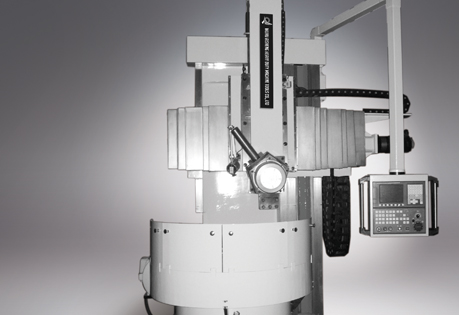
Single Column Vertical Lathe Transmission System
The main movement of the single-column vertical lathe is the rotary movement of the table, and the feed movement is the movement of the vertical frame in the horizontal and vertical directions.The aux... -
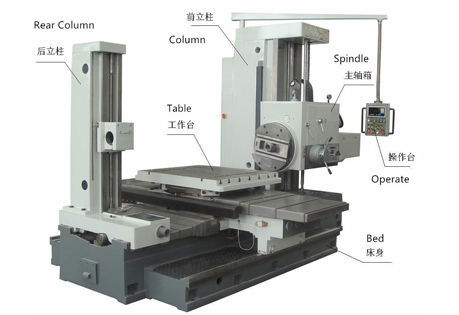
Principles and Operation of Hydrostatic Boring Bars
In the world of machining, precision and efficiency are paramount. For decades, engineers and manufacturers have sought innovative solutions to improve the accuracy and speed of boring operations. One... -
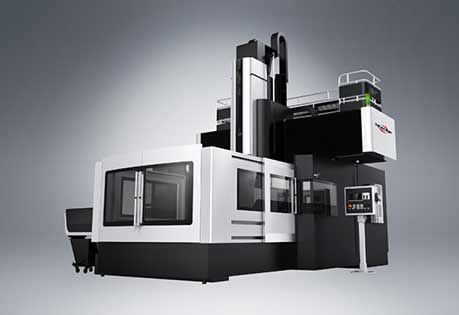
Why is a CNC Machining Center More Suitable for Enterprises?
Ⅰ. CNC machining center has advantages over traditional instrumentsThe development of industrial technology speeds up the optimization of enterprises in the use of CNC machining center, which is in t...


